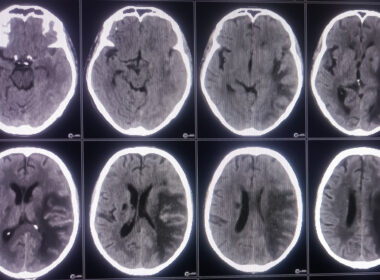Medical malpractice includes errors in diagnosis, treatment, after-care, and anything in between. Medical malpractice occurs when doctors stray from the standard of care when treating or operating on patients. This negligent behavior can result in serious injury that could have been sustained at any point in the clinical process.
Medical malpractice case requirements are often broken down into the 3 D’s:
Duty
The first step in building a medical malpractice case starts with proving the doctor’s duty to you – the patient. This is commonly referred to as the doctor-patient relationship and is typically established naturally when a doctor oversees your care and treatment. A medical malpractice case could not be brought against a doctor if you were not under the doctor’s care.
Deviation
The critical aspect of a medical malpractice case is the doctor’s deviation from the standard of care when treating you. This is sometimes referred to as negligence, implying that the doctor was negligent in providing your care. Being healthcare providers, doctors are required to uphold the standard of care at all times. Medical malpractice can directly result from this deviation and can create significant problems for your health in the future.
Damage
A large portion of a medical malpractice case relies on the damages you have sustained due to the doctor’s negligence. This damage can be physical, mental, emotional, financial, etc.
Damages also include subsequent care or treatment that you may need to reverse or otherwise treat the harm caused initially by the doctor’s negligence. It is important to note that some states have financial limits on certain types of damages, such as emotional damages. These limits, referred to as “caps,” differ by state.
In medical malpractice cases, it is important to show that the injury or suffering you sustained was a direct cause of the doctor’s negligence or deviation from the standard of the care. This demonstrates that the resulting damage was not a result of anything other than the doctor’s malpractice.
You may be a victim of medical malpractice if you can prove that a doctor-patient relationship existed and answer ‘Yes’ to the following questions:
- Was there a deviation from standard medical practice?
- Was the injury caused by the deviation?
- Did the injury result in serious permanent damages, such as physical damages, financial damages, or pain and suffering?
Common Types of Medical Malpractice
Misdiagnosis
Misdiagnosis is the delivery of an incorrect diagnosis following a medical exam or other procedure. The doctor may have diagnosed you with an illness that you don’t have or incorrectly indicated that you don’t have a particular disease or other condition.
This may result in you undergoing the wrong treatment, no treatment, or treatment that is not medically necessary.
Delayed Diagnosis
You may have received an incorrect diagnosis at first in delayed diagnosis situations, but you do eventually receive the correct diagnosis. Arrival at the accurate diagnosis may take a long time, during which your condition may have worsened.
Failure to Treat
If the doctor has properly diagnosed you but does not recommend the correct treatment, they may have failed to treat you. There are many examples of failure to treat, such as failure to provide the proper follow-up instructions, prescribing incorrect or insufficient medication, or releasing you too early from care.
Examples of Birth Injury Cases
- Prenatal care was poor or lacking.
- There was medical negligence during labor and delivery.
- Medical errors were made following the prenatal care, causing a permanent disability or injury, resulting in the necessity of lifelong care for the child and ongoing medical expenses.
Examples of Surgical Errors
- During treatment, the doctor performed the wrong procedure or a procedure that was not medically necessary.
- Failure to properly sterilize equipment, which can cause infections and result in sepsis or possible death.
- The doctor failed to provide adequate post-operative care.
Some other examples of medical malpractice include:
- Medical product liability
- Anesthesia errors
- Prescription errors
- Misreading laboratory results
- Disregarding patient medical history
- Failure to warn patient of risks
- Failure to recognize symptoms
- Failure to order proper testing
- Premature discharge












